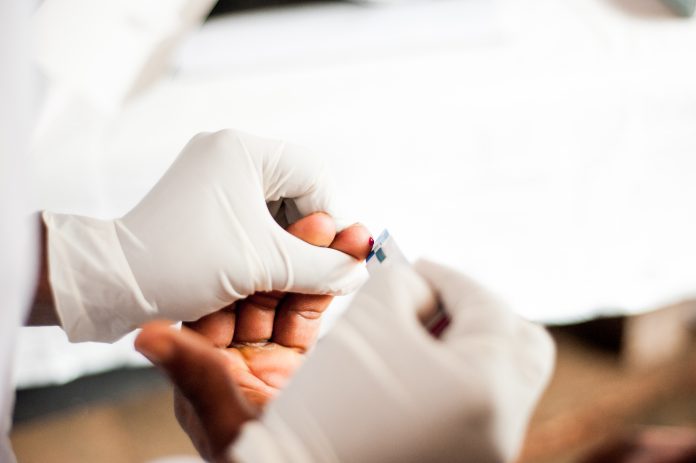A survey, conducted over 20 years in 35 African countries, suggests that one in ten sexually active men are 50% more likely to be living with HIV
According to UNAIDS, 37.7 million people were living with HIV as of 2020.
Sex workers represent one of the several key demographics which are at a significantly higher risk of acquiring HIV. However, their clients are also playing a pivotal role in HIV transmission networks and previous research and HIV prevention efforts have often neglected men who pay for sex.
Instead, sex workers have been assigned greater responsibility and burden for prevention of HIV transmission.
Caroline Hodgins of McGill University, Canada, and colleagues have presented their findings in the open-access journal PLOS Medicine, in order to understand the dynamics of HIV in transactional sex and identify new opportunities for prevention.
Conducting a meta-analysis of data from 87 surveys of men living in sub-Saharan Africa between 2000 and 2020 that included more than 368,000 participants, we have a real insight into the way certain demographics affect the spread of HIV.
50% more likely to be living with HIV
In analysing the extensive surveys results, researchers found that 8% of participants who were sexually active had ever paid for sex and were therefore 50% more likely to be living with HIV than the men who reported never paying for sex.
Of men who were clients of sex workers between 2010 and 2020, 68% reported using a condom during their most recent paid sex encounter – though this percentage had been lower in the previous decade.
The authors of the study suggested that male clients of sex workers should be considered a key population that is at high risk of HIV and in need of increased protection efforts including improved access to HIV testing and initiative to encourage condom use.
The study’s authors said: “We found that men who have paid for sex in sub-Saharan Africa are 50% more likely to be living with HIV compared to other men. Men who pay for sex should be recognised as a priority population for HIV prevention.”
“These data are striking and call for tailored HIV services for men paying for sex in this region. Identifying HIV infected men, initiating and retaining them on ART is key for reducing new HIV infections recorded in the region each year,” says Dr Shannon Hader, Deputy Executive Director Programmes, UNAIDS, Switzerland.











